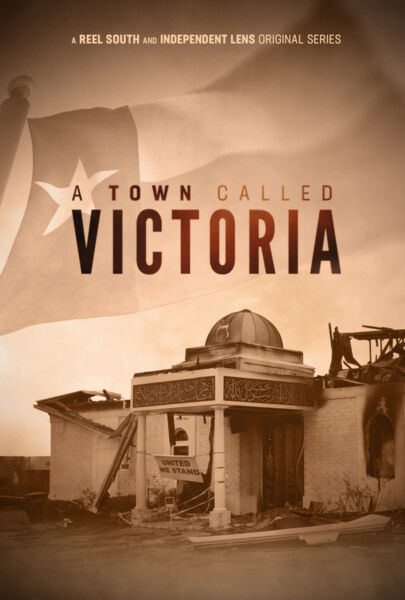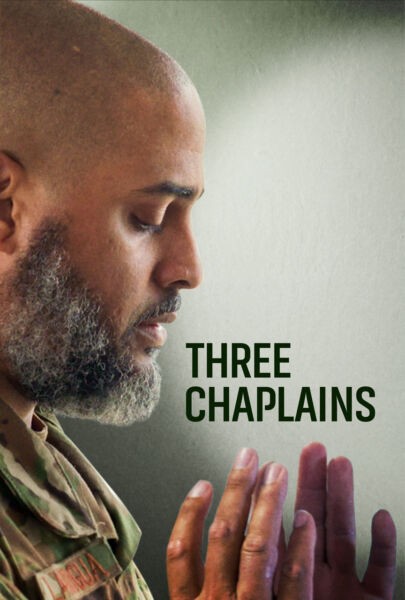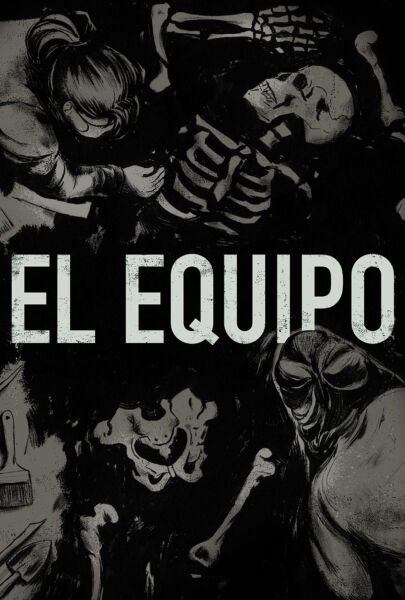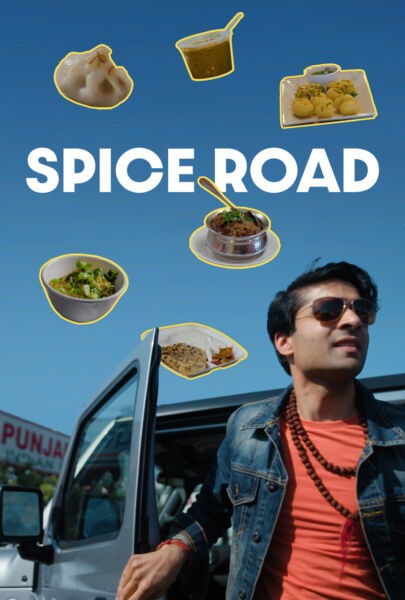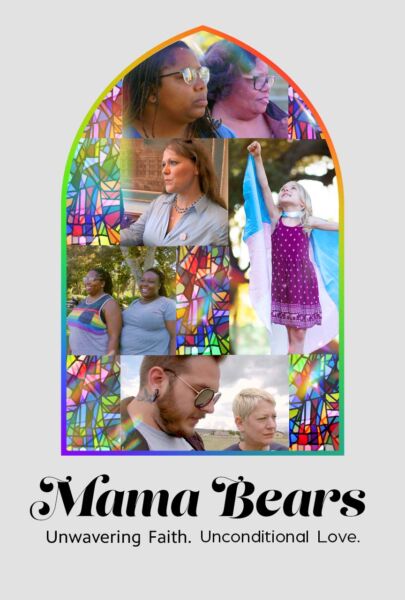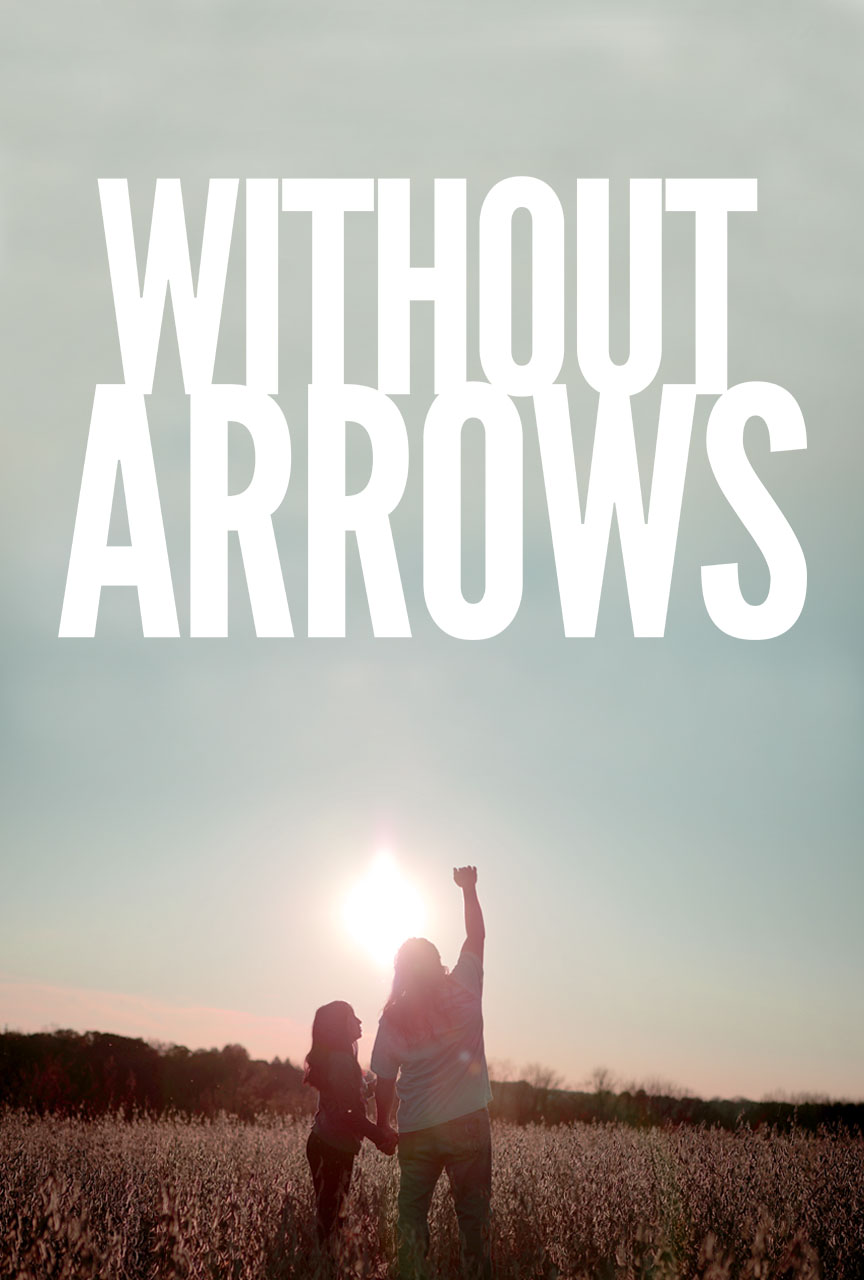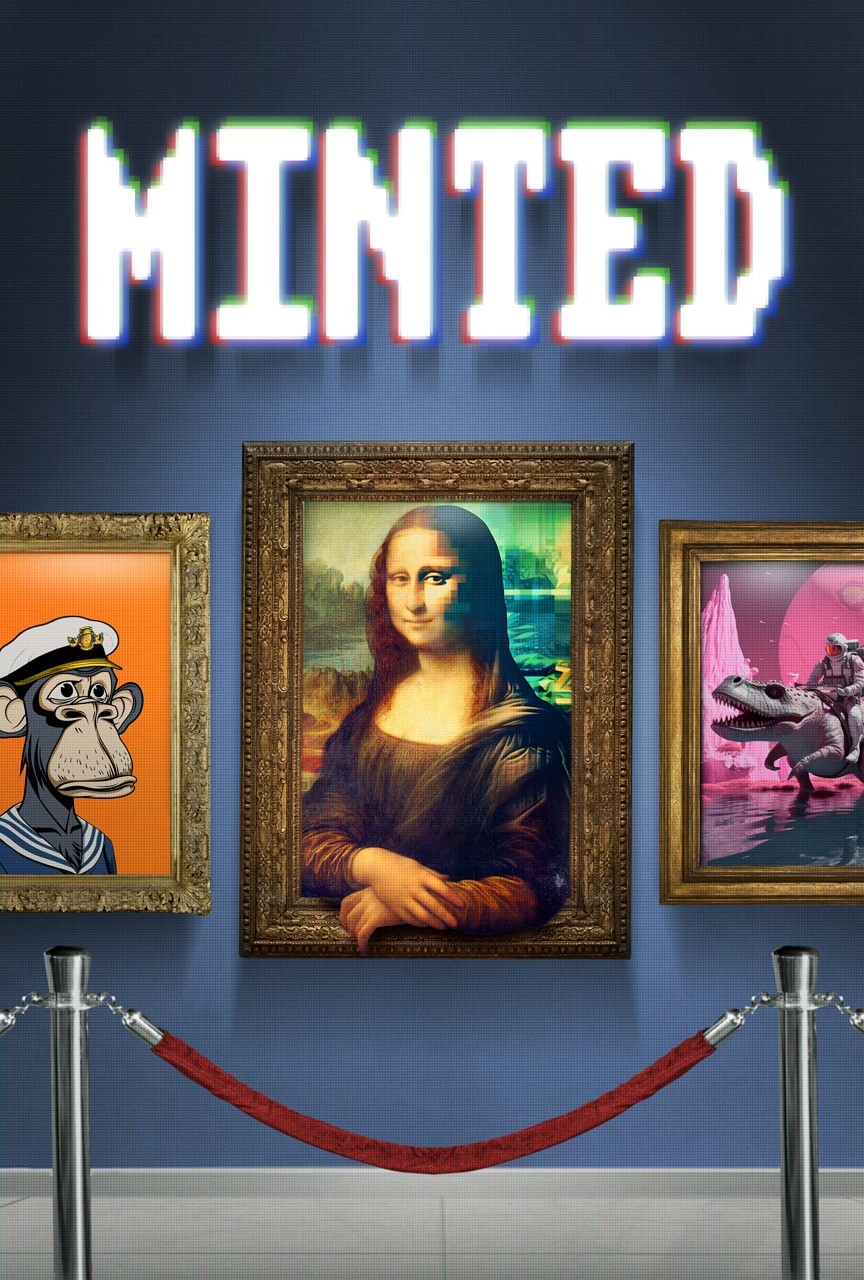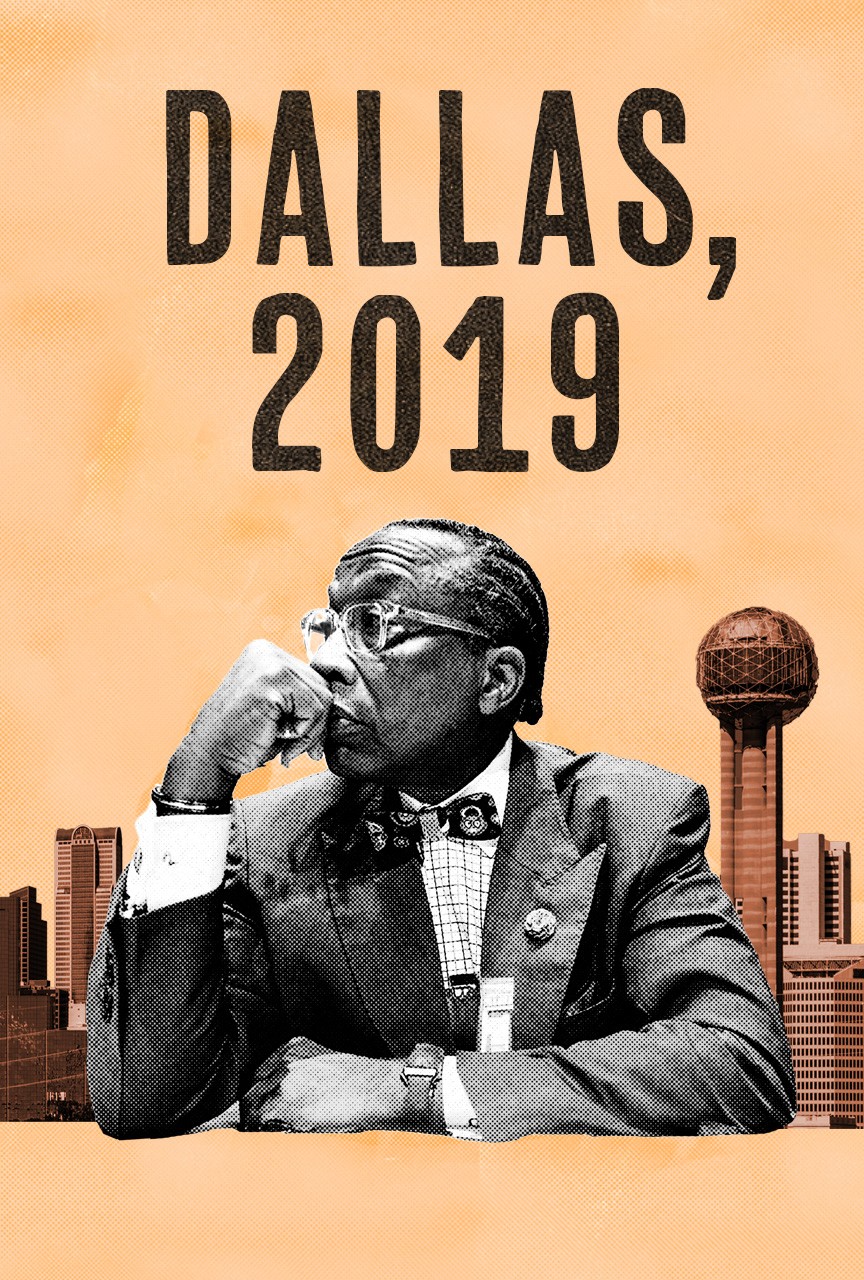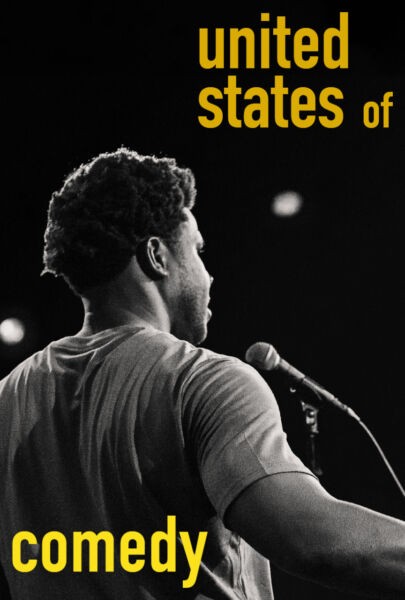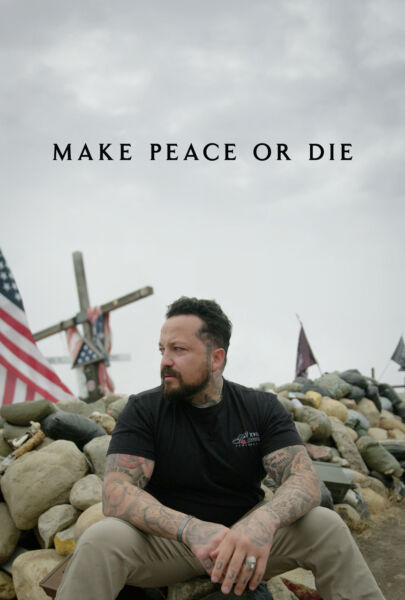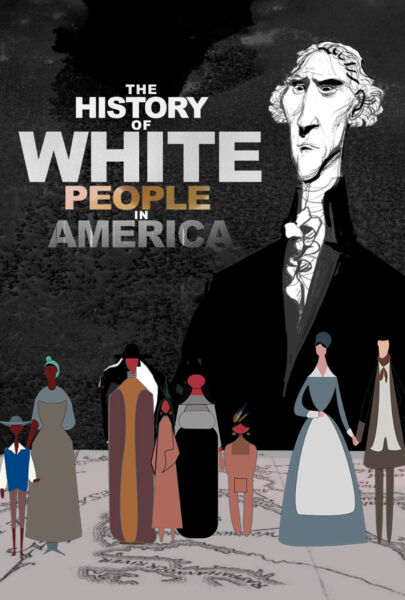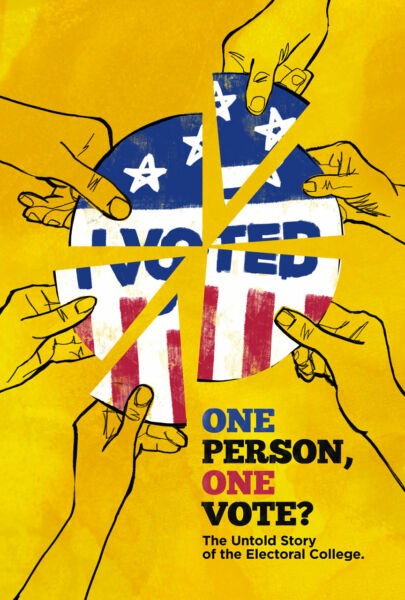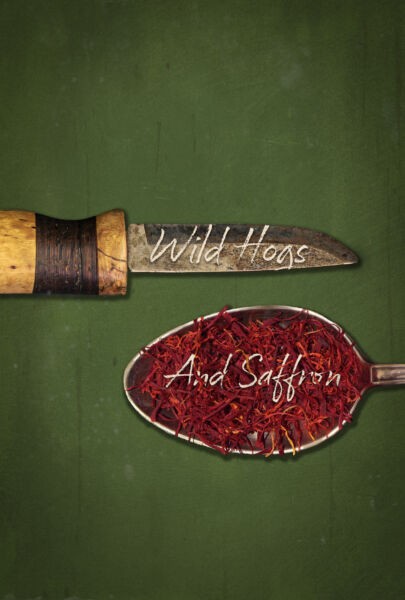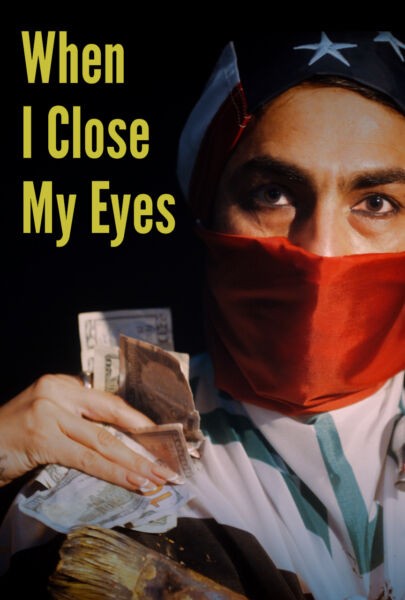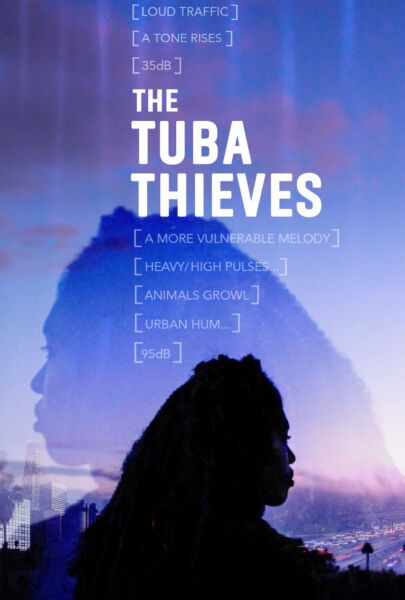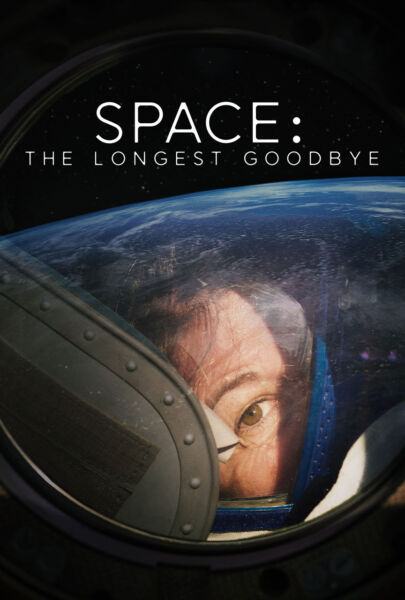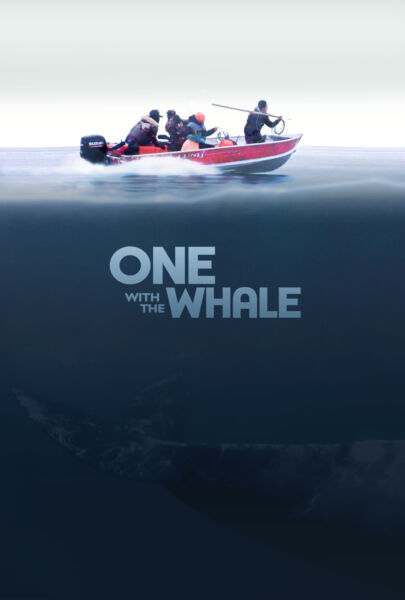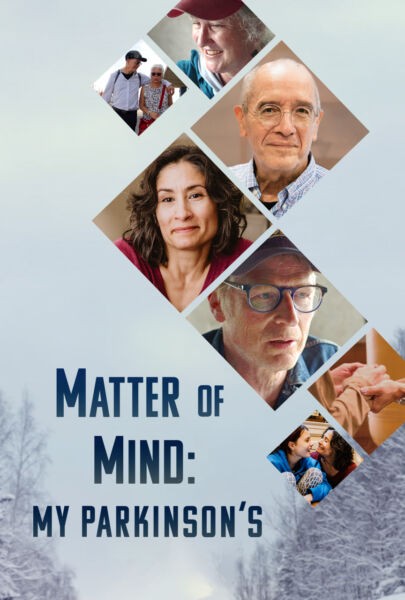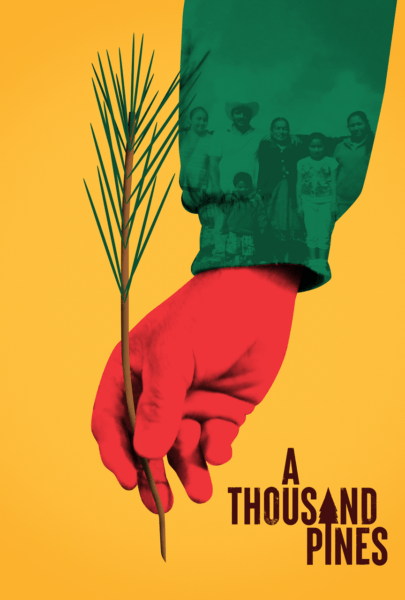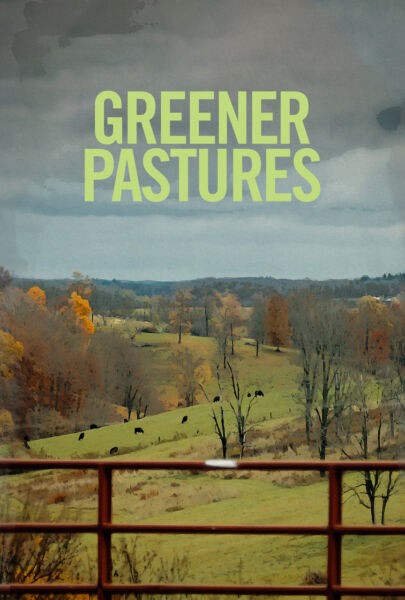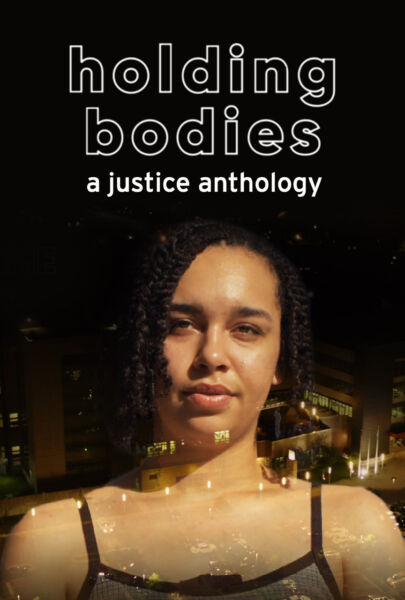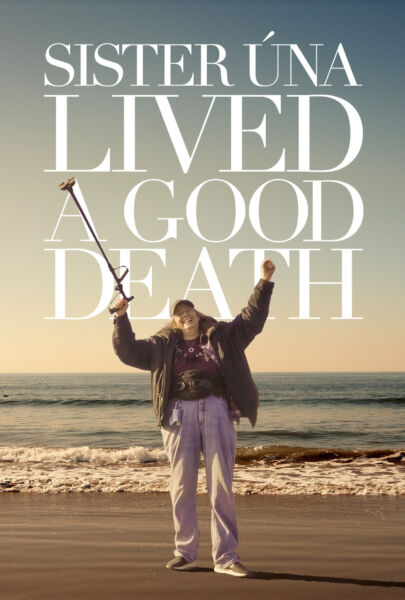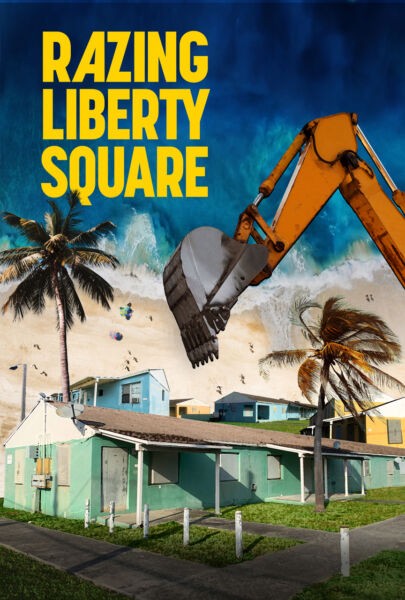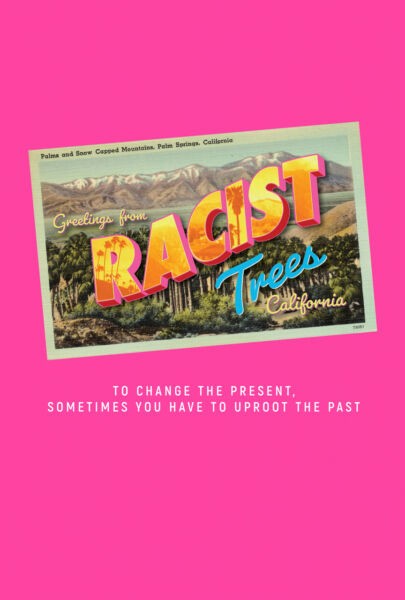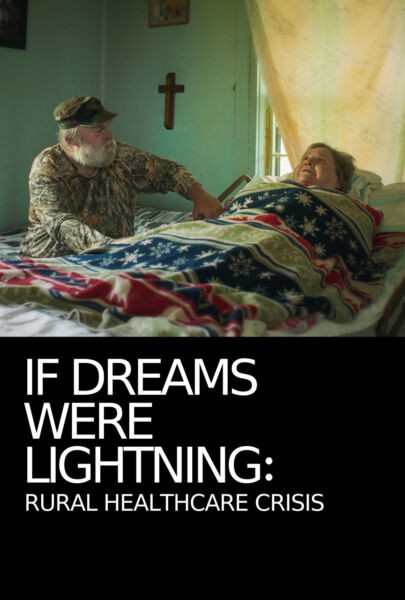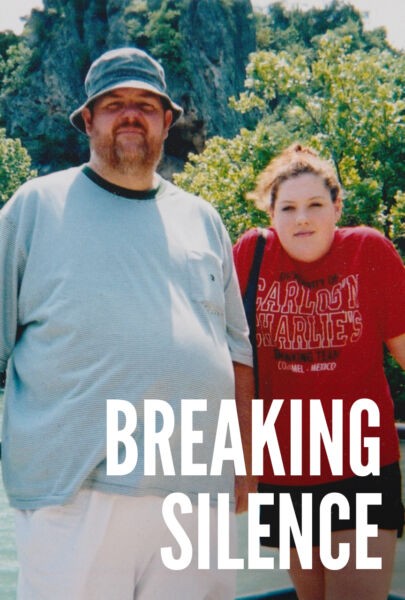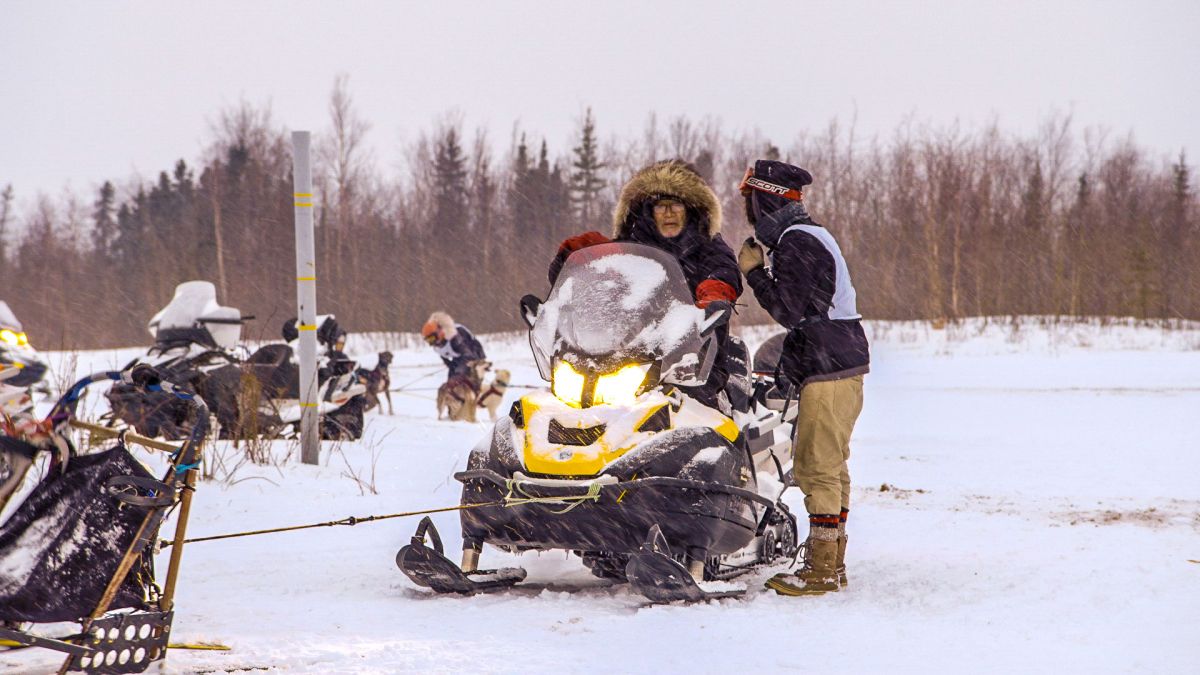
Filmmaker Catharine Axley seeks stories of empowerment through subjects that defy expectations, and the lesser-known but remarkable story of George Attla certainly qualifies. Axley’s film ATTLA, which won Best Feature Documentary at the American Indian Film Festival, looks at the charismatic Alaska Native dogsled racer who, with one good leg and fierce determination, became a legendary sports hero in Northern communities around the world.
The award-winning filmmaker, who is currently a Filmmaker-in-Residence at the University of Kentucky, talked to us about what drew her to Attla’s story, how she got to know George and his family in order to make this film so intimately, and the most unforgettable moment from the film.
Why did you want to make a film about George Attla?
I first learned about George Attla while reading an Alaskan newspaper, and was immediately intrigued. Here was this 80-year-old who had dominated his sport for decades, was considered a rock star-like, living Alaskan legend, and yet was just beginning a new chapter of life. After years in the spotlight, Attla had returned to his village of Huslia, Alaska, and had founded a program in his late son’s name to introduce a new generation to dog mushing. This was a unique form of cultural revitalization and I wanted to know more.
What I found out soon after was a filmmaker’s dream: That very year, George would be training his young grandnephew, Joe Bifelt, to compete in the same race where George’s career had begun. Their time together over the next few months was touching – it was an honor to document such a unique intergenerational relationship.
When George passed away, Joe, George’s partner, Kathy, George’s family, and the entire team supporting George and Joe’s dream of racing came together to ensure that Joe would make it to the championship race. And he did!
Though the film touches on loss and hardship, ultimately ATTLA is about finding one’s identity; from a young George, returning to his village in 1951 as a TB survivor and discovering dogsled racing as a way to realize his ambitions; to a young Joe in contemporary Alaska, exploring the same sport as a means to forge a closer relationship with his elders and their shared cultural traditions.
Throughout, I’ve been struck with how the economic and cultural forces of colonization in Alaska that have occurred in the span of George’s life are reflected in every stage of his career. Working with state archives, launching a community campaign for archival footage, and conducting extensive interviews with family members and colleagues has been central to exploring these themes in a way only film can.
What do you hope audiences take away from ATTLA after they see it? What kind of conversations would you like the film to inspire?
I hope the film allows audiences across the country to recognize a sports hero from a community and sport that isn’t often covered in popular media.
I hope that the film encourages dialogue and excitement around unique forms of cultural revitalization, expanding our understanding of what cultural revitalization can be and why it’s significant – and ideally encourages other communities that aspire to reinvigorate their own cultural identities and practices to embark on projects of their own.
I hope the film can also be a way to promote the incorporation of Indigenous histories, culture, and practices into k12 curricula across the country. And in Alaska, that some young viewers may be inspired by Joe’s journey, and consider becoming future educators.
What were some of the biggest challenges you faced in making this film?
George’s passing was undoubtedly the most difficult chapter in making this film. I am so grateful that I did get to know George during his last months, and the last time I saw him, I promised to see this film through in order to share his commitment of passing on the tradition to a new generation. I know he would be so excited that the film will be seen nationwide by a public television audience, and he would be so proud to see that his grandnephew is now sharing his legacy in the classroom with his own students.
There were many other challenges throughout the production of the film, but one of the most critical challenges we faced was distilling George’s story to chapters that were in dialogue with the present-day story of George mentoring Joe. Our Editing Consultant Lawrence Lerew brought his knack for story, structure, and emotional editing in order to streamline our material into a film that could connect with audiences and do our film participants justice.
How did you ingratiate yourself, and gain the trust of Attla and his family?
I first contacted George Attla and his partner, Kathy Turco, in July, 2014, and knew that for them to agree to be part of this film project, I’d have to do everything I could to gain their trust. I read George’s biography, read his very technical mushing book (fascinating, even for someone who knows nothing about mushing!), found archival newspapers, and watched as many archival film clips of George as I could find. I traveled to Fairbanks in August, 2014 to meet George and Kathy in person at a screening of the 1979 narrative feature, Spirit of the Wind, that is about George’s childhood up until his 1958 Fur Rendezvous win (Rose Ambrose, George’s sister, plays George’s mom).
(From the fictionalized film about George Attla, Spirit of the Wind)
By that point, I was so immersed in George’s life and career, that not only was I starstruck in meeting George in person for the first time, I had the incredible privilege to sit next to him as he provided live commentary to the film! Though George himself was not seeking the spotlight, he was open to participating in a film because of the attention it could bring to his mission of re-introducing dog mushing into his village and other communities as a form of cultural revitalization.
He and Kathy agreed to work on this film together, and in the weeks and months that followed, I checked in frequently to learn more about their day-to-day life in Huslia and to make plans for a first shoot. We then learned that George would actually be training his grandnephew, Joe, to train for a race, and that’s when it felt like the stars had aligned. Not only could we film George at his home in racing retirement, working to introduce kids to dog mushing, but we could also film his one-on-one mentorship of a young novice who would race George’s team in an open-class race.
Receiving a green light to film does not mean that you can neglect trust building once the camera comes out. During our first shoot, we all had to find a rhythm and way of communicating to make everyone comfortable – that involved putting the camera down for long stretches of time, and helping in the dog yard, or visiting at a birthday.
Staying tuned in to everyone’s tolerance of the camera, and finding ways to immediately share footage that we could all be excited about, like the drone aerial shots in Huslia, were key to creating a respectful and collaborative environment.
Was there anything, in particular, you wish you could have included in ATTLA but had to leave out?
Yes. When George’s health declined, he asked his brother, Alfred, Joe’s grandfather, to take over coaching Joe if George was unable to continue. Alfred appears in the film in his interview, but for the film’s structure and length, we made the hard decision to not include Alfred’s emergence as Joe’s coach. Sadly, Alfred passed away last year, a great loss for his community, friends and family. We hope to share some of this material in additional video clips on our website in the near future, for interested viewers to see Alfred carry on George’s coaching, exemplifying their community’s commitment to passing on tradition.
What’s a scene in ATTLA that is especially a favorite or made the most impact on you?
When Joe finished the Huslia New Year’s race, he returns to the cabin, not knowing for sure whether he came in first or second (Sprint races are often 1-3 heats, occurring over 1-3 days, with the winner having the lowest total time). The scene that followed has stuck with me. Joe and George find out that Joe has lost by 5 seconds and Joe is clearly crushed, though measured. George’s reaction is unexpected: he is lighthearted, joking, allowing Joe a moment to process the loss.
With the tension of the loss abated, George shifts and becomes serious, telling Joe that he needs to race like he’s hungry, as George had done when he was young, and that he should always keep those 5 seconds in mind. I remember that while filming, I could literally feel shivers, as we all kind of sat in awe of George as the quintessential mentor figure – wise and loving, but firm. Joe for months afterwards mentioned those five seconds.
Do you have any updates on the main characters in your film you can share with our audience, or will you be willing to do so closer to broadcast?
Yes! You will get a glimpse in the credits that Joe graduated from the University of Alaska Fairbanks’ School of Education with a degree in Elementary Education in May, 2019. He’s now a fourth-grade teacher, working in Fairbanks, and has been involved in the last couple of years with A-CHILL, a program that works to introduce k12 students to dog mushing.
What are your three favorite/most influential documentaries or feature films?
The Agronomist by Jonathan Demme: I had been studying Haitian history in college and when I watched this film, I was hooked. It was the first time I considered using this medium to explore the past and its relationship to the present. Senna by Asif Kampadia. Lumumba: La mort du prophète by Raoul Peck.
What film/project(s) are you working on next?
I’ve started a short that uses toll bridges as its starting and ending points, taking viewers across the country in a meditative journey on automation and manufacturing in America. I’ve also begun development on a feature around tourism – I’ll leave it at that for now!


